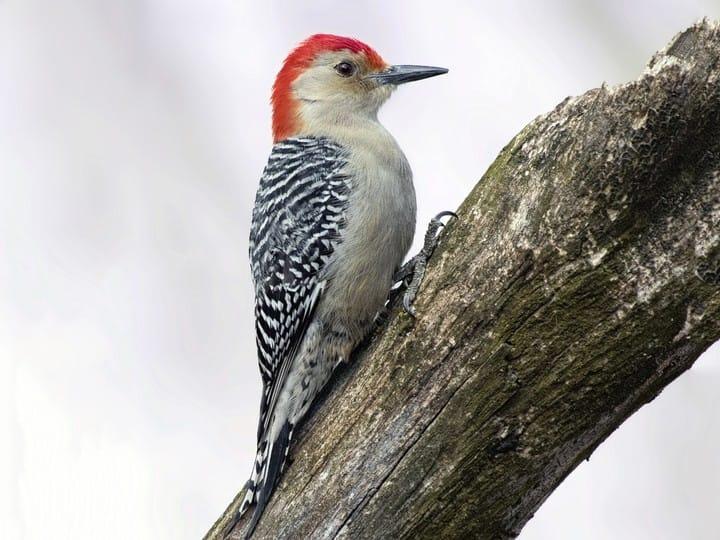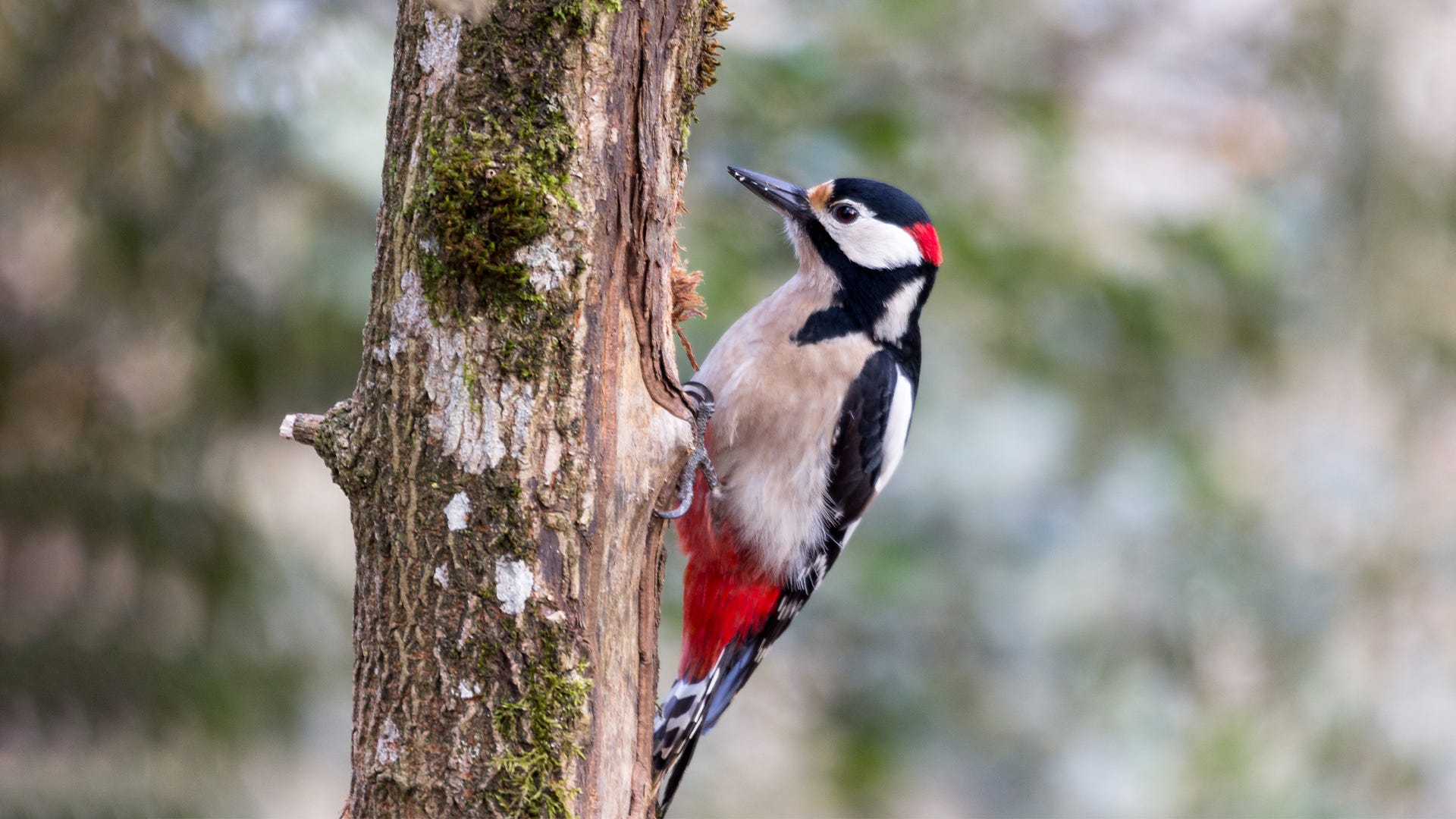Discover the Remarkable World of Woodpeckers: Every Little Thing You Need to Know
The globe of woodpeckers is a realm full of distinct habits, intricate adaptations, and a varied array of species. From their environments and distribution patterns to their feeding routines and specialized physiological features, woodpeckers have actually long mesmerized the passion of ornithologists and nature fanatics alike. Recognizing the details of these fascinating birds offers a glimpse right into the complex interaction between their biology and the atmosphere. As we check out the world of woodpeckers additionally, we uncover a wealth of information that drops light on their relevance in communities and the obstacles they face in an ever-changing world.
Woodpecker Habitats and Distribution
Woodpeckers populate a diverse variety of environments worldwide, showcasing versatility in their distribution patterns. These durable birds are discovered in woodlands, woodlands, savannas, and deserts throughout numerous continents, demonstrating their ability to grow in different climatic conditions. In North America, for example, woodpeckers can be found in both coniferous and deciduous woodlands, using their strong beaks to forage for pests and develop nesting cavities in trees. In Africa, specific woodpecker species have actually adapted to dry atmospheres, such as the acacia woodlands, where they play an important role in controlling insect populations.

Feeding Behaviors and Diet
Among the different aspects of their behavior, woodpeckers display distinctive feeding behaviors and dietary preferences. These birds are mostly insectivores, with a diet plan that includes ants, beetles, caterpillars, and various other pests discovered in trees. Woodpeckers utilize their solid beaks to drill right into the bark of trees, penetrating for bugs and larvae concealed under the surface area. In enhancement to insects, woodpeckers additionally take in nuts, seeds, fruits, and sap. Some varieties have specialized tongues with barbed pointers that help them extract pests from crevices in timber.
Woodpeckers are recognized for their drumming habits, which serves not just to connect with other woodpeckers but additionally to find food. The fast drumming sound is developed by the bird pecking on powerful surfaces like dead trees or steel poles. This behavior can bring in insects hidden in the wood, permitting the woodpecker to find their existence and eat them.
Distinct Adaptations for Tree Climbing
In their proficient search of bugs hidden within tree bark, woodpeckers have actually progressed amazing physiological functions that equip them with one-of-a-kind adaptations for reliable tree climbing. One of the key adjustments is their zygodactyl feet, with two toes directing forward and 2 pointing backwards, providing a solid grip on tree trunks. This specific foot arrangement enables woodpeckers to cling to vertical surface areas effortlessly, allowing them to move up and down trees with agility. In addition, woodpeckers have stiff tail plumes that act as a helpful prop while they climb up, helping in equilibrium and stability. Their solid, chisel-like beaks are not just used for drilling into timber but likewise for gripping onto bark as they rise tree trunks. Additionally, woodpeckers have solid neck muscular tissues and a distinct head framework that absorb the effect of consistent pecking, allowing them to climb up and you could look here down without creating harm to their brains. These adaptations showcase the amazing transformative layout that makes it possible for woodpeckers to browse trees with precision and efficiency.
Diverse Woodpecker Types Worldwide
With over 200 various species spread throughout different environments worldwide, the family members of Picidae incorporates an exceptional variety of woodpeckers. These birds can be discovered in forests, woodlands, savannas, and also city locations, showcasing their versatility to different environments. From the iconic Northern Flicker in The United States And copyright to the vivid and elusive Crimson-backed Flameback in Asia, each woodpecker species displays one-of-a-kind attributes in terms of plumage, actions, and environment preference.
Woodpeckers vary substantially in dimension, with the diminutive Downy Woodpecker gauging around 6-7 inches in size, while the effective Lineated Woodpecker can get to up to 17 inches - Woodpeckers in Florida. Their beaks also are available in different forms and sizes, reflecting their feeding routines. Some species focus on removing insects from tree bark, like the Acorn Woodpecker, while others, such as the Black-cheeked Woodpecker, feed on fruits and seeds

Preservation Efforts and Challenges
Conservation efforts for woodpecker populations are important in minimizing the impact of habitat loss and other risks dealing with these varied bird varieties. Woodpeckers encounter numerous challenges to their survival, primarily due to deforestation, urbanization, climate change, and invasive species. To deal with these problems, conservation efforts concentrate on safeguarding and bring back woodpecker habitats, executing sustainable forestry practices, and raising awareness about the importance of these birds in ecosystems.
One significant obstacle in woodpecker preservation is the fragmentation of their environments, causing isolated populations that are more at risk to termination - Woodpeckers in Florida. Guardians work to create wild animals hallways here are the findings and secured areas that connect these fragmented environments, enabling woodpeckers to move between various areas for feeding, breeding, and sanctuary

Verdict
In conclusion, woodpeckers are fascinating birds with special adaptations for tree climbing and feeding actions. More research study and conservation actions are required to make sure the survival of woodpeckers in the wild.
Comments on “Woodpeckers in Florida Population: Species Summary and Conservation”